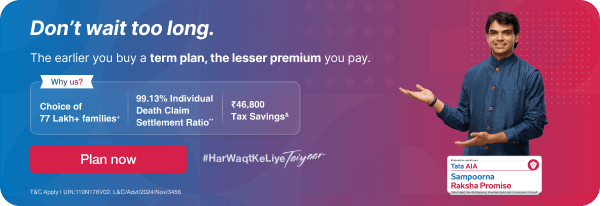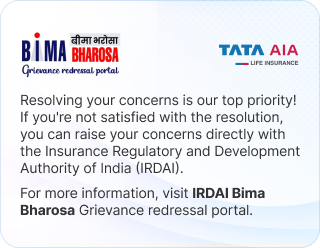Call us

 FOR EXISTING POLICY
FOR EXISTING POLICY
Have query on premium, payout or any servicing need?
Call us:
 1860 266 9966
1860 266 9966
 FOR NEW POLICY
FOR NEW POLICY
Want to buy a new policy online?
FOR NEW POLICY
Want to buy a new policy online?
FOR NEW POLICY (NRIs)


















 Pension Plans:
Pension Plans: Annuity Plans:
Annuity Plans: It shows you how much funds you will need after retirement to maintain your current lifestyle.
It shows you how much funds you will need after retirement to maintain your current lifestyle.











